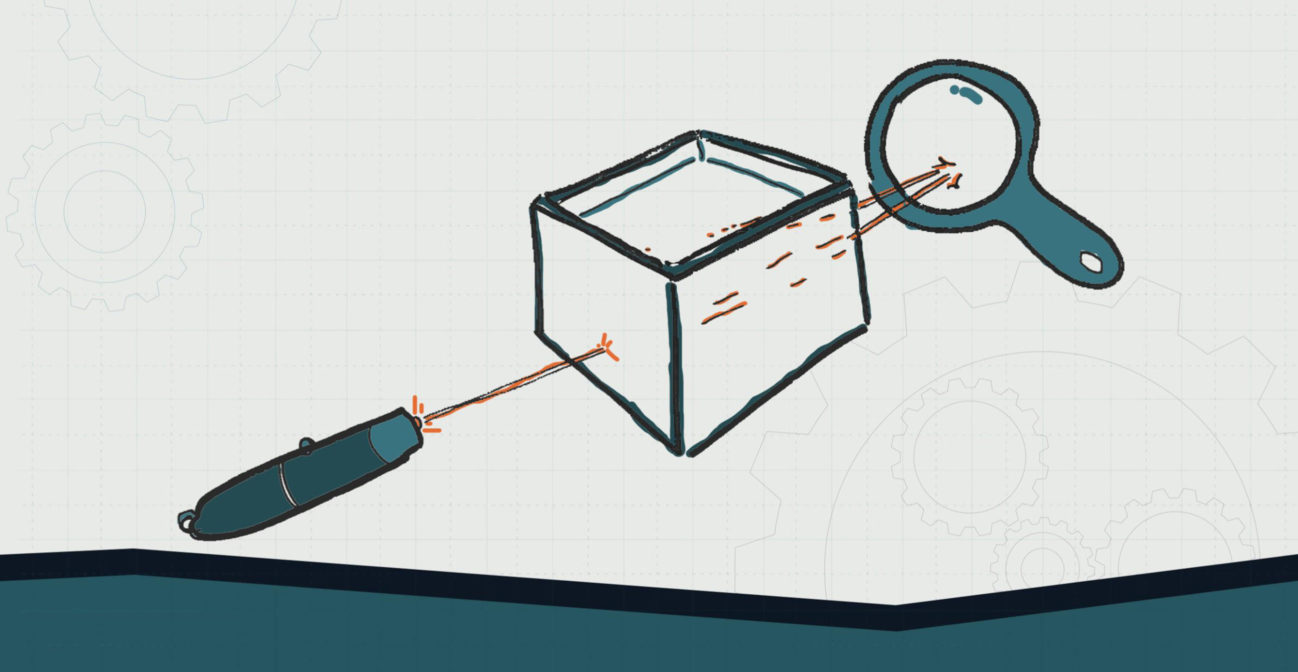Join us for conversations that inspire, recognize, and encourage innovation and best practices in the education profession.
Available on Apple Podcasts, Spotify, Google Podcasts, and more.

ELEMENTARY SCHOOL — LEVEL 1
MATERIALS NEEDED:
❏ 1 box of gelatin
❏ Mirror
❏ Laser pointer
❏ Clear containers
DIRECTIONS:
OBJECTIVE: Kids will be able to conduct scientific investigations to discover and describe properties of light and the effects objects have on light.
ESSENTIAL QUESTION(S):
*The magic show works due to the index of refraction of canola oil and the glass. Both have approximately the same refractive index which means they refract (bend) light at similar angles. You cannot, therefore, perceive the differences in the two objects as light passes through them.
NGSS CONNECTION:
1-PS4-3. Plan and conduct investigations to determine the effect of placing objects made with different materials in the path of a beam of light.
COMMON CORE CONNECTION:
ELA/Literacy
W.1.8 With guidance and support from adults, recall information from experiences or gather information from provided sources to answer a question.
SL.1.1 Participate in collaborative conversations with diverse partners about grade 1 topics and texts with peers and adults in small and larger groups.
DOK:
Level 2: Concept
Level 3: Strategic Thinking